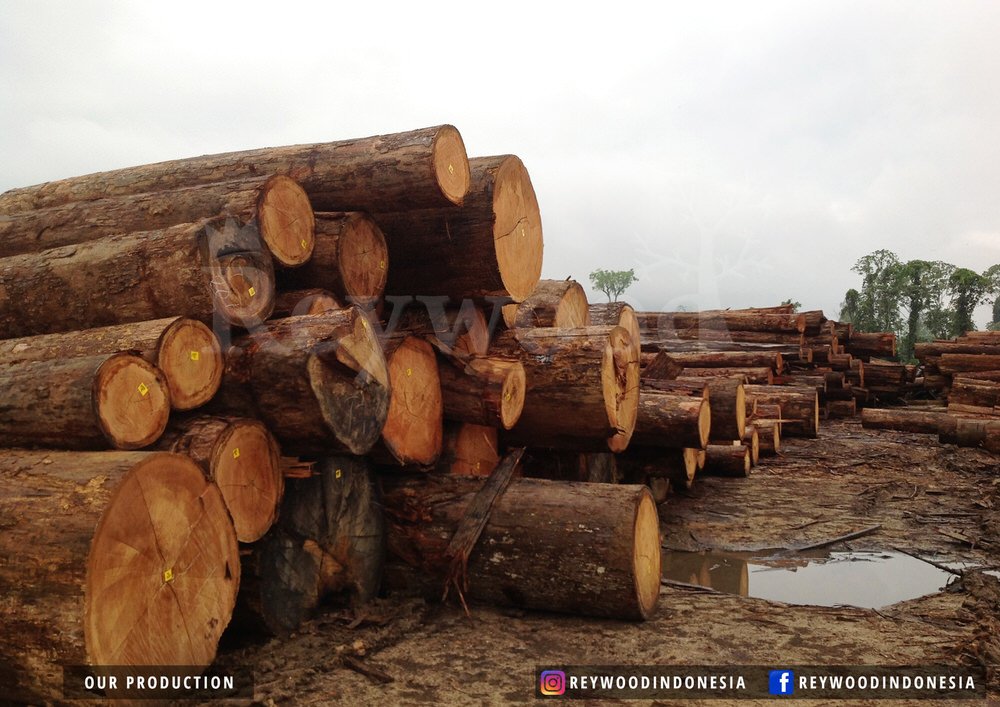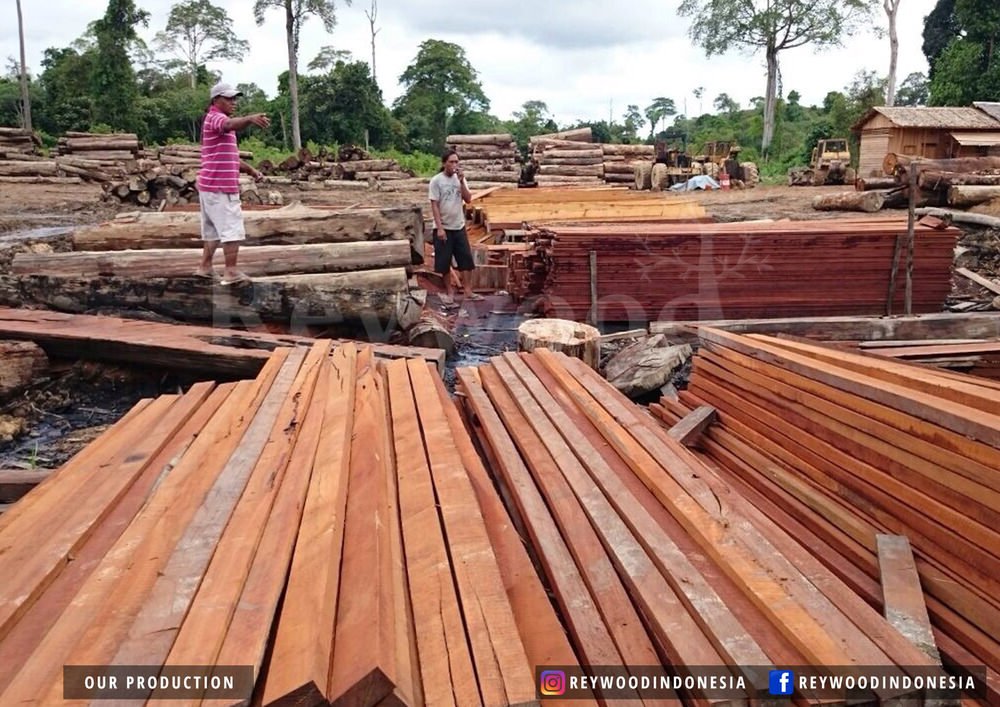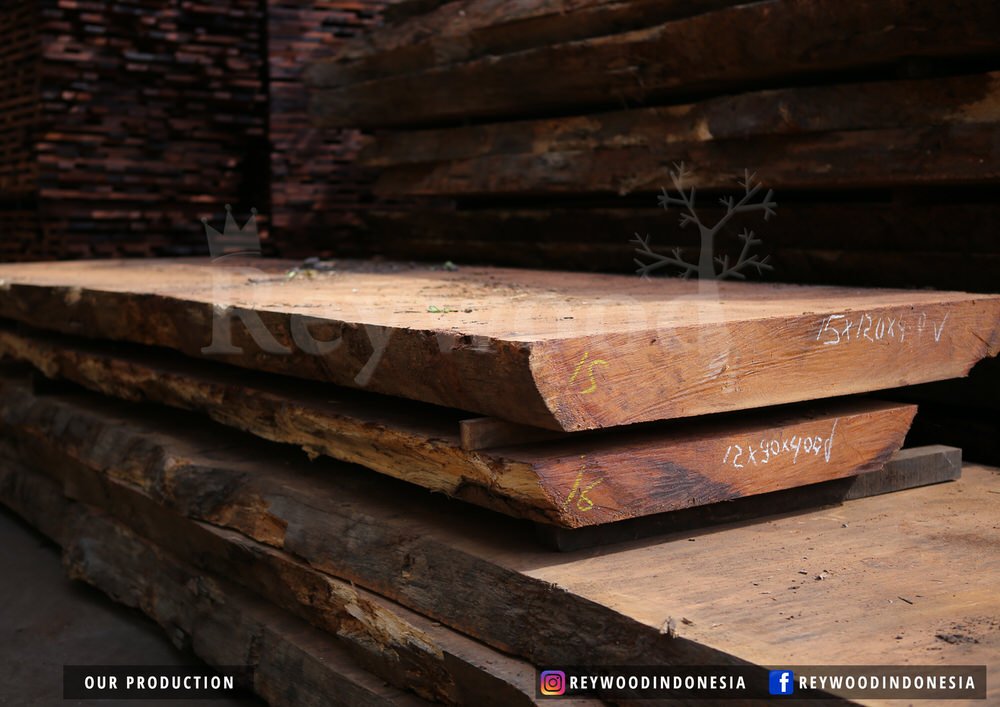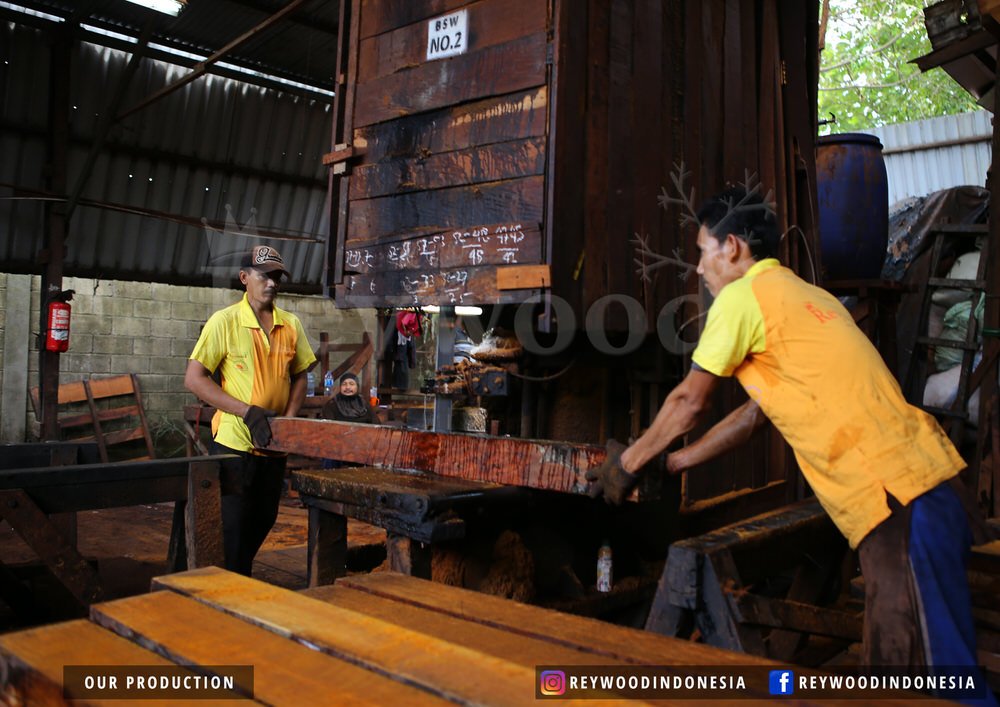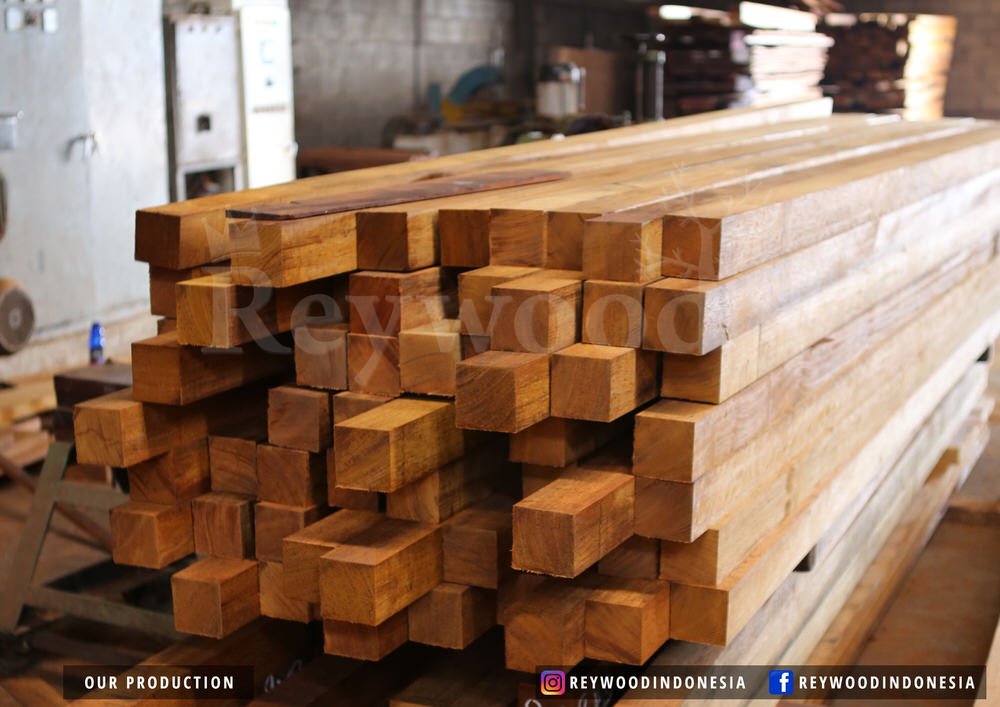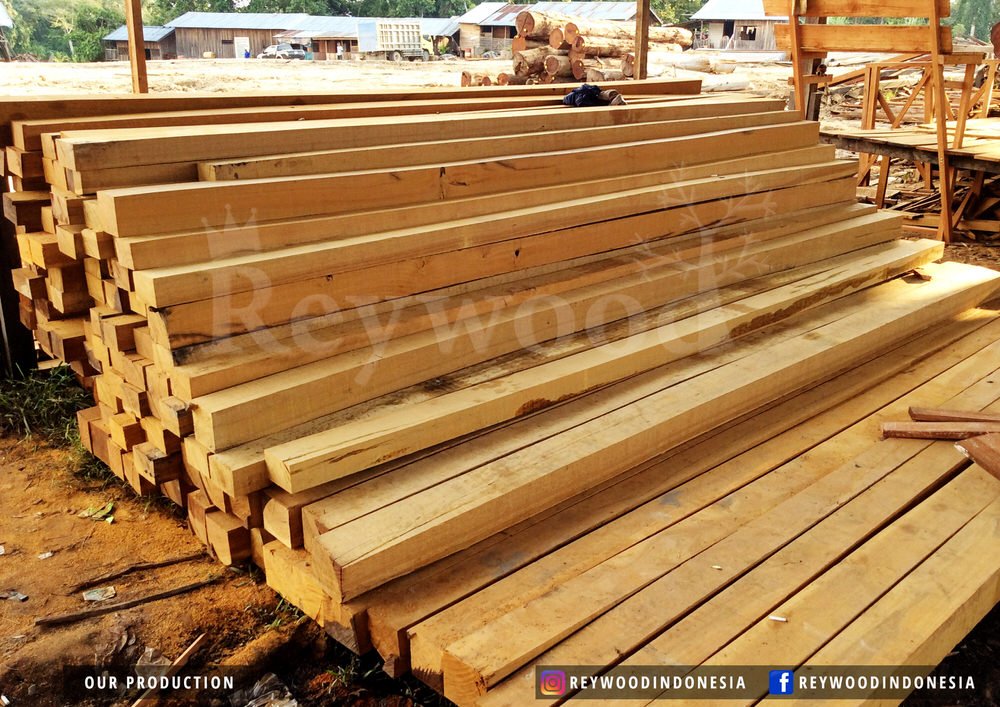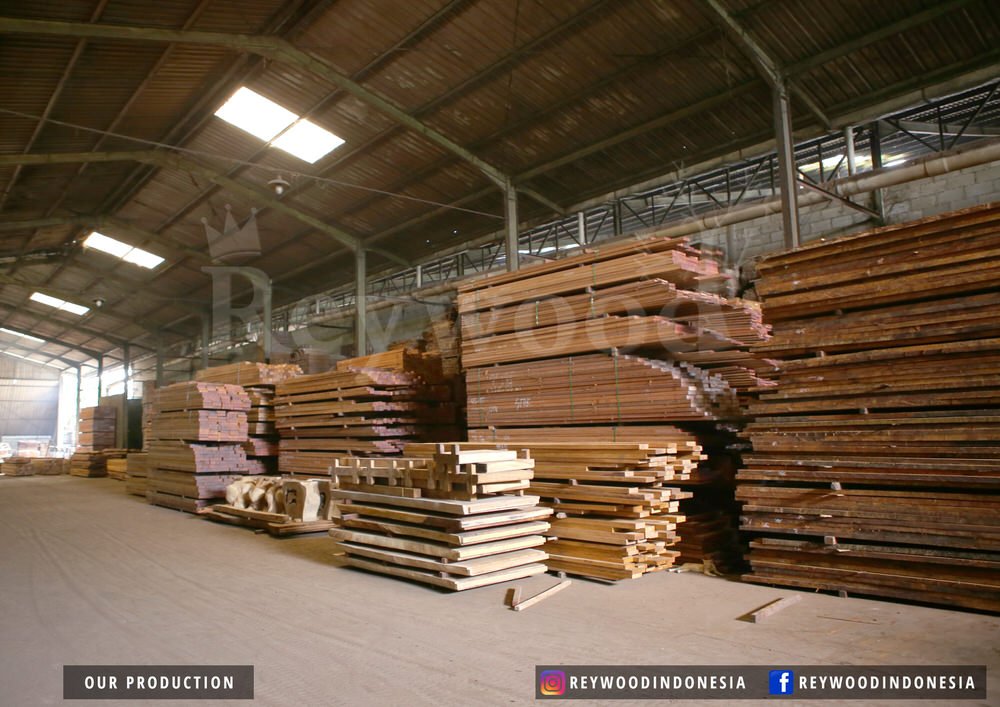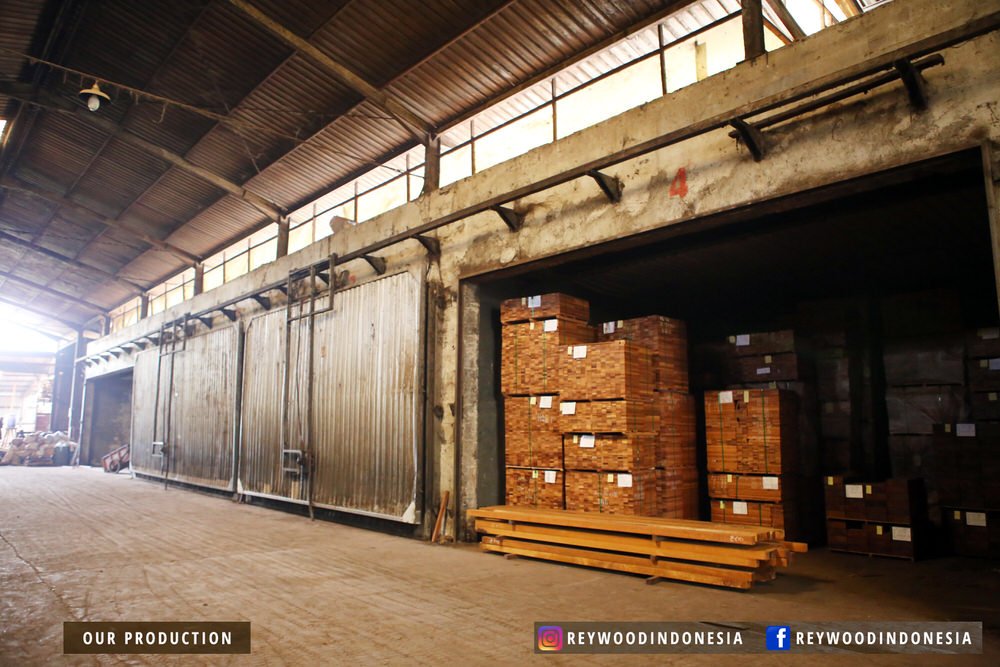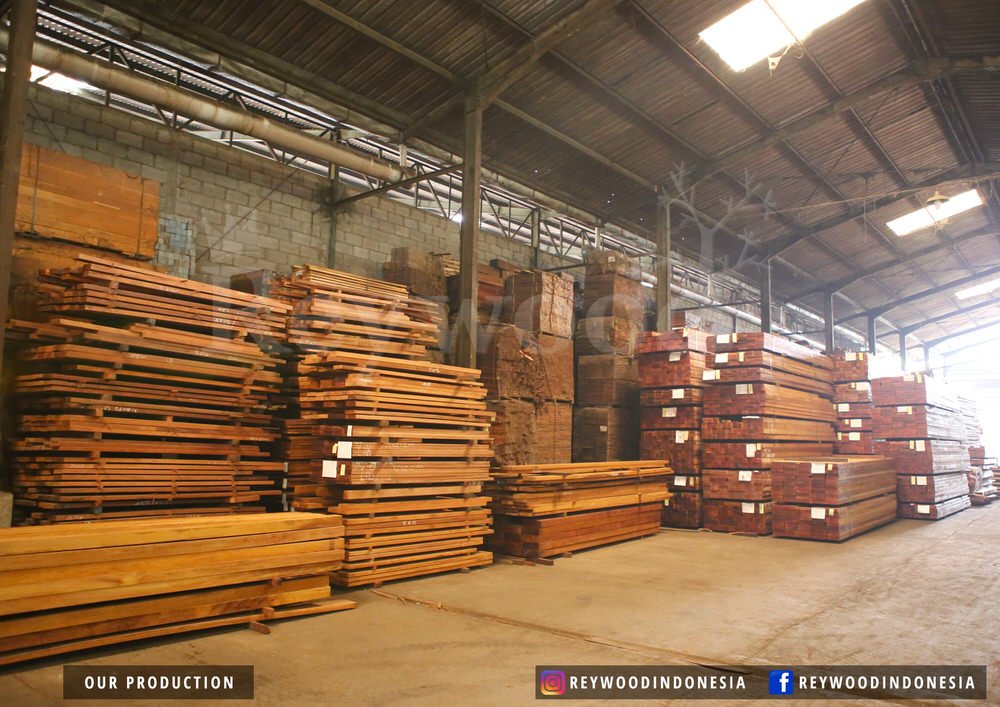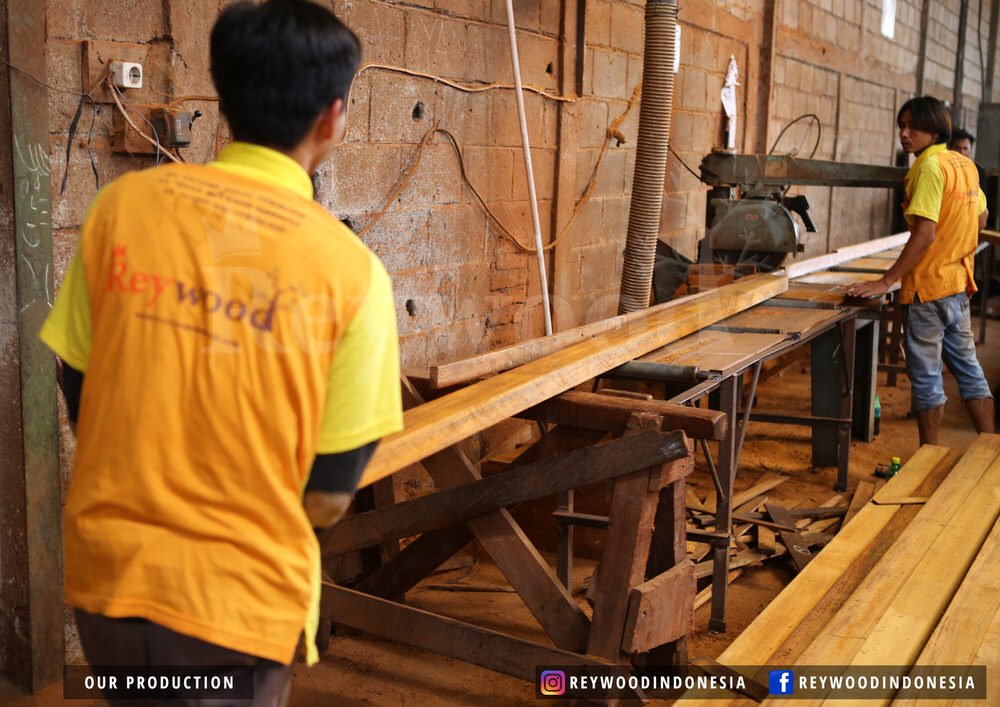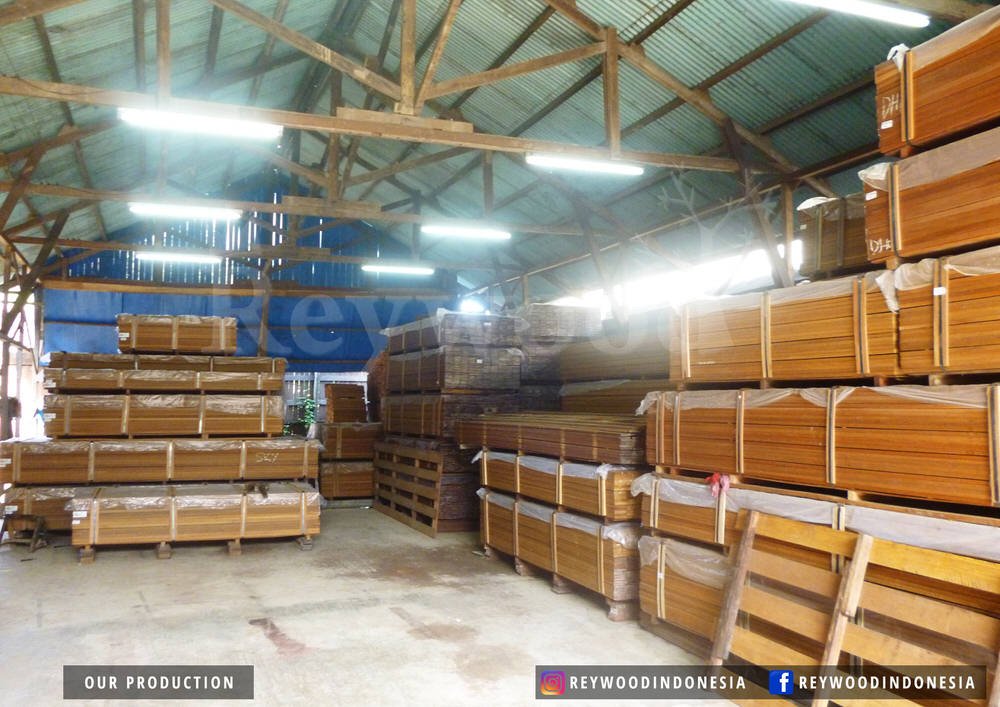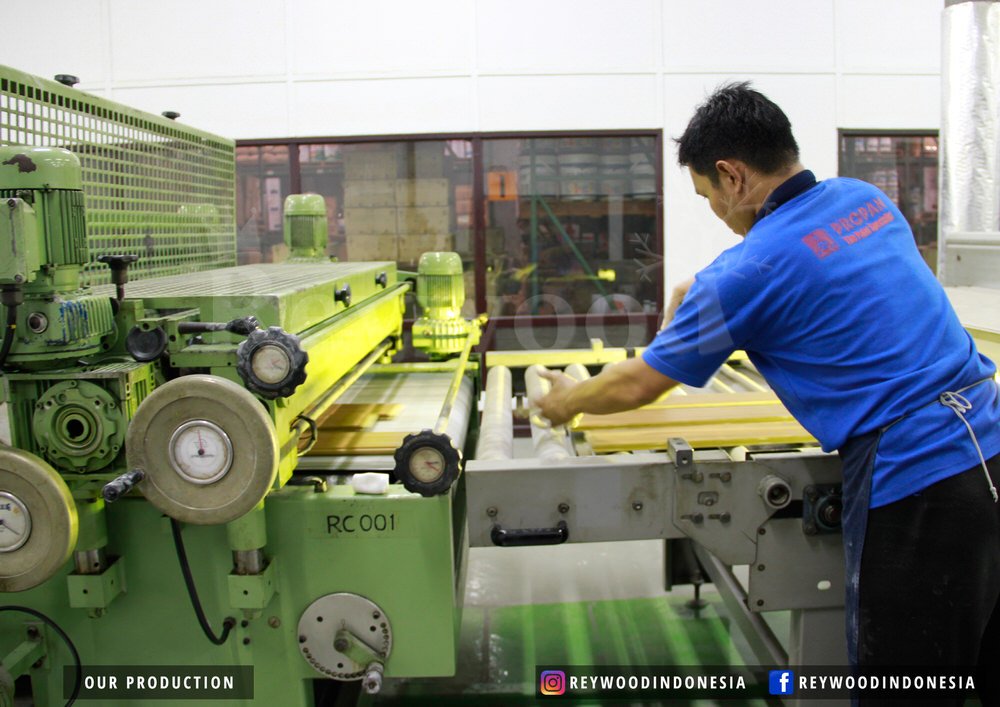PRODUCTION PROCESS
Step by Step Wood Transformation
- Head Rig: The primary saw cuts the tree into sawn pieces.
- Edging: Removing irregular edges and defects from sawn pieces.
- Trimming: The trimmer squares off the ends of lumber into uniform pieces based on market dimensions.
- Rough Lumber Sorting: Pieces are segregated based on dimension and final product production: unseasoned (known as green), or dry.
- Stickering: Lumber destined for dry production is stacked with spacers (known as stickers) that allow air to circulate within the stack. (Green product skips this stage).
- Drying: Lumber is kiln-dried to facilitate natural MC evaporation.
- Planing: Smoothing the surface of each lumber piece and making its width and thickness uniform.
- Grading: The process of assessing the characteristics of each lumber piece in order to assign its “grade” (quality).
The success of wood manufacturing rests on the mill’s ability to retain the wood’s quality throughout the manufacturing process. Wood continually loses or gains moisture until the amount it contains is in balance with the surrounding environment. The amount of moisture at that point is called the equilibrium moisture content (EMC) and this depends mainly on the RH and temperature of the surrounding air. Kiln drying usually requires controlling the EMC conditions of the wood by monitoring and controlling the RH and temperature in the kilns. A mill’s primary job is to stabilize and maintain optimum drying conditions for the wood during the kiln drying process.
INTERESTED IN OUR WORK?
We look forward to any information, questions, requests or suggestions you may have and will get back to you as soon as possible.

